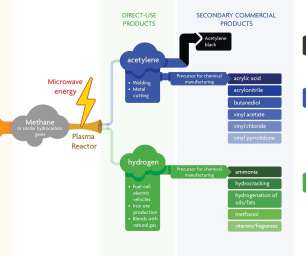LanzaTech in Coal to Ethanol Project in China; New Bio Energy Research Center
Green Car Congress
SEPTEMBER 8, 2010
.: MEK, Butadiene) from industrial waste gases, has signed a memorandum of understanding with one of the largest coal producers in China, Henan Coal and Chemical Industrial Corporation, to build a demonstration plant to produce ethanol and chemicals via LanzaTech’s fermentation process using syngas resulting from the gasification of coal.





































Let's personalize your content